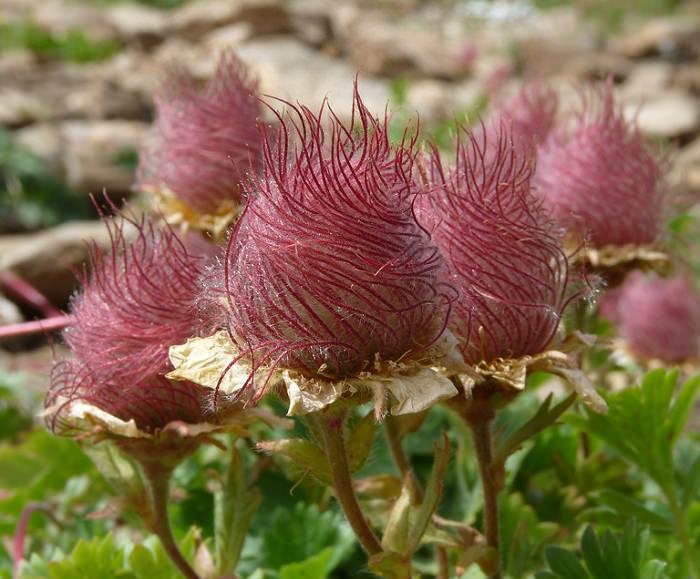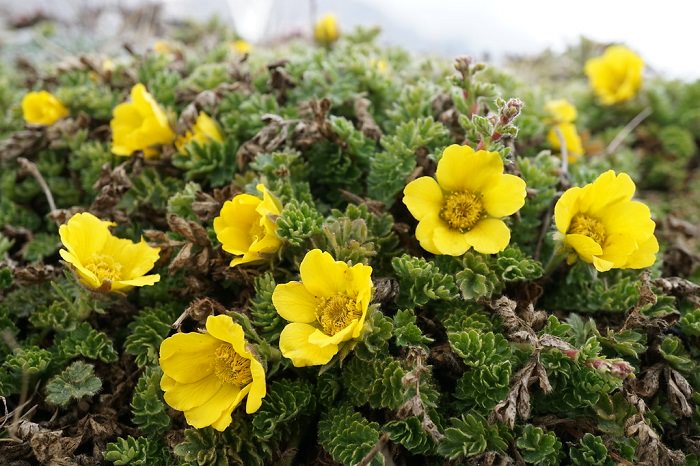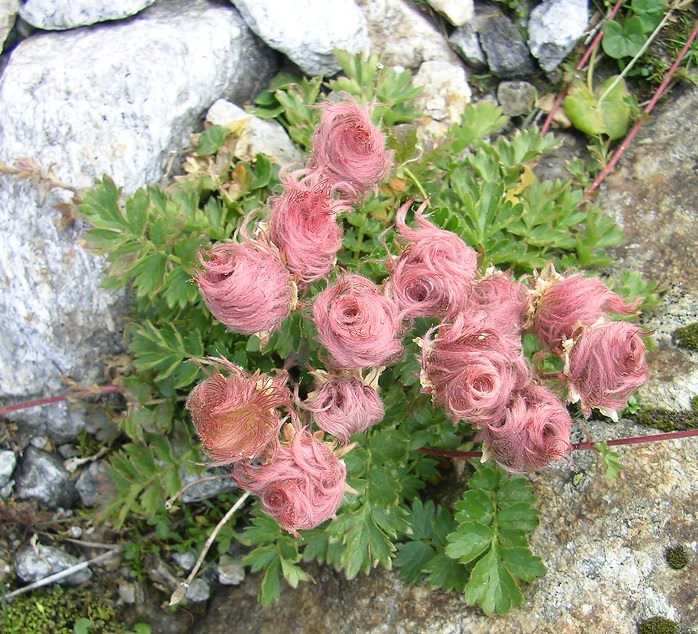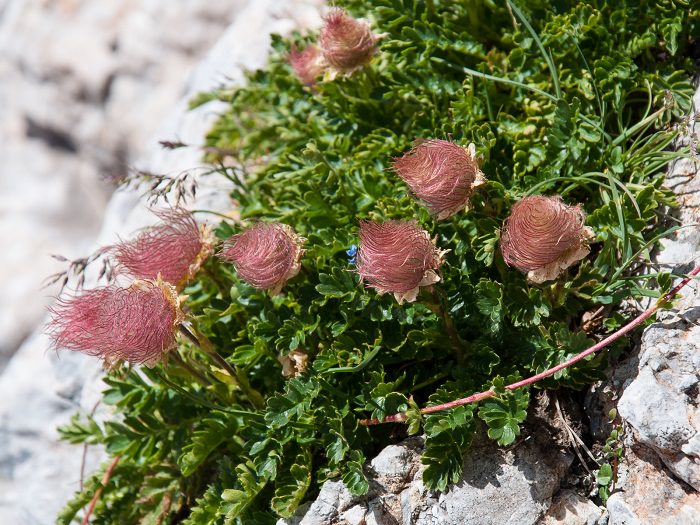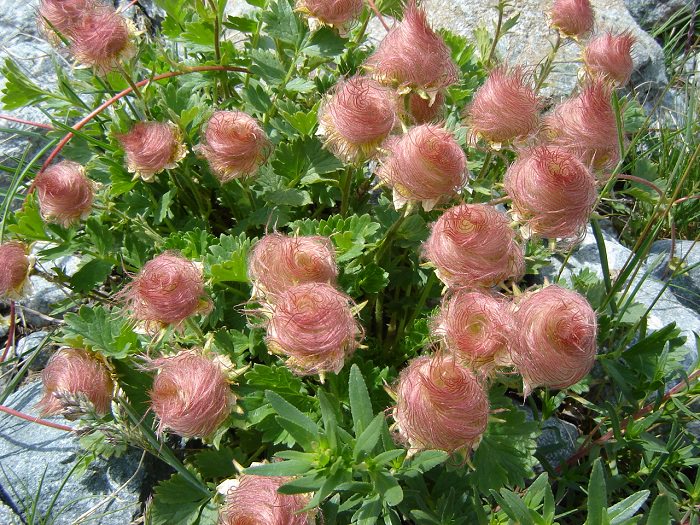
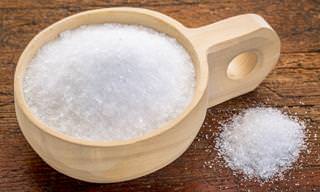
Make Your Garden As Beautiful as Can be With Epsom Salts
Epsom salts are highly rich in nutrients, and this means that they're great for helping flowers and trees to grow beautifully and healthily. Read these 15 tips.

INTERACTIVE: Click on the Flower to See Its Full Beauty
These interactive photos of flowers will allow you to see them in video with a click.

12 Beautiful Plants that Flourish in the Summer Heat
many plants are simply unable to grow in the summer heat. but the 12 before you do well in it and can decorate your house all summer long.
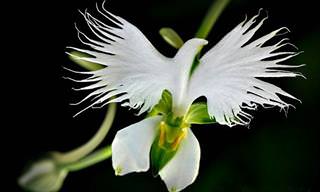
A Wonderful Collection of Flowers, Beauty and Color
This is BabaMail's Ultimate Floral Post collection. We've selected 12 of the best articles, photo-series and videos from our website for you to enjoy.
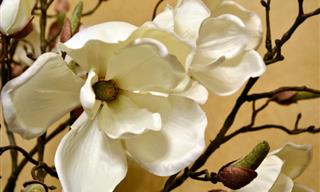
These Gorgeous White Flowers Are the Height of Sophistication
The color of elegance and refinement, white can elevate any flowerbed!

COLLECTION: Growing Tips for Outdoor and Indoor Plants
Dive into the world of indoor and outdoor plants with these 10 great guides to show you the way.
 5:10
5:10
A Most Beautiful Exploration of the Ocean Floor
Dive far below the ocean, all the way to its bottom below the great frozen continent of Antarctica.
 9:21
9:21
Watch This Cheetah Shower Affection and Gratitude
Watch This Cheetah Shower Affection and Gratitude on her caregiver
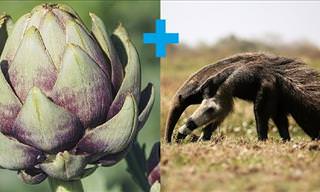
Pangolin: If an Anteater and an Artichoke Had a Child
Pangolins are unique creatures that look like a mix between an anteater and an artichoke

Witness the Beauty of Birds in This Gorgeous Collection
In this collection, we’ve compiled the very best bird photos we could find - from stunning birds or paradise to most exotic birds on Earth
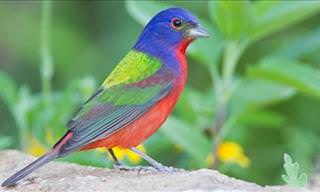
14 Birds that Are Nature's Gemstones
While you may have seen birds native to your area, we're sure you've never seen these before......
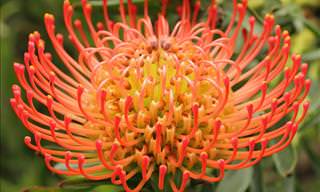
17 Flowers That Prove the World is Full of Surprises...
We've gathered for you 17 strange and extraordinary plants and flowers from around the world that all nature lovers should see...

Gaze in Wonder at These 35 Amazing Photos of North America
North America has so much wonderful natural variety that it's easy to see why many believe it was blessed by God himself. Here are 35 amazing photos.

Enjoy Gorgeous Flowers Accompanied By Inspiring Quotes
These flowers are truly stunning, and when they're juxtaposed with some amazing quotes, their beauty is even more apparent. Enjoy this beautiful post.
 5:18
5:18
Super Slow Mo: How Do Dogs Get Up So Fast?
This incredible slow mo camera video shows once and for all how dogs get from lying down to standing so fast.

These Sequoia Trees Are a Monstrous Sight to Behold!
The Sequoia is not only a beautiful tree, it's also the largest in the whole wide world!

Then & Now: How Popular Dog Breeds Were Like a Century Ago
By comparing the photos of 15 dog breeds to their counterparts from 100 years ago, you'd find that some of them went through quite a transformation!

The Fascinating Origins of 11 Lovely Flower Names
There is no better time than spring to dive headfirst into the fascinating world of flower name etymologies! Here are the origins of the names of 11 lovely flowers.
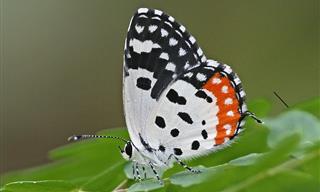
41 Butterflies You Must See Before They Disappear
Butterflies are some of the most beautiful creatures on earth, but a few species are a cut above the rest. Here are 23 stunning, beautiful and rare butterflies.

The MOST Fascinating Facts About Colors I’ve Ever Heard!
Colors are ubiquitous, and yet we know surprisingly little about them. Let's fix that by learning these 15 fascinating facts about color

Nature Really Went Overboard While Creating These Animals
This rare collection of pictures shows common animals but with some truly unique features. Check it out!

11 Adorable Polar Animals that Will Warm Your Heart
Adorable animals of the north and south poles

Prepare to Witness the Majesty of Mother Nature!
If you love nature even half as much as I do, then this stunning collection of photographs is bound to take your breath away, and leave you gasping for more!
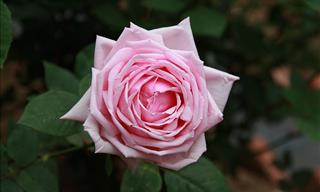
Lovely Garden Roses in An Unending Variety of Nice Colors!
Numerous different cultivars and hybrids of roses have been bred and grown over the decades to give you the perfect rose garden.
 3:29
3:29
Watch This Adorable Pika Steal Food from Its Neighbors
This thief of a pika found an interesting way to find food.
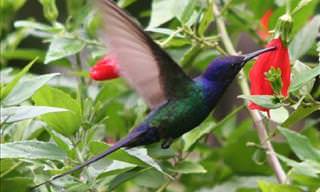
There is So Much Wildlife to See in the Amazon Forest
Let's visit one of the wildest places on earth, full of color and sound.
 3:33
3:33
Witness the Timeless Legend of the Mongoose and the Cobra
In a fight between a snake and a Mongoose, two major enemies, who will win? Watch to find out!

A Decade of Stunning Weather Photography in 14 Images
These selections represent the most striking examples of weather photography.

The Wildest Things You’ve Never Seen in Nature (16 Pics)
These photos redefine how we see the natural world.
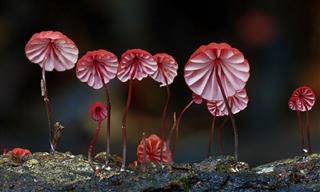
Who Knew Mushrooms Could Be So... Beautiful?
Photographer Steve Axford captures some of the world's most fascinating mushrooms. Take a look.

If You Thought You Knew What Trees Look Like, Look Again!
Most trees are good in the background and you hardly notice them. Not so with these spectacular rare woodland giants. Here are 13 amazing trees.
 2:30
2:30
Norway's Incredible Fjords as You've Never Seen Them!
Check out this stunning video that shows Norway's fjords from the sky! We can guarantee that it'll take your breath away!
 5:17
5:17
Which Animal Has the Sharpest Eyesight?
The famous saying goes, "the eyes are the window to the soul." And it turns out that it rings true all across the animal kingdom.
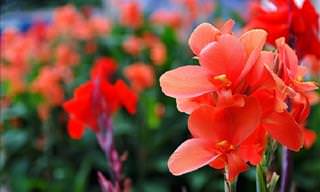
14 Gorgeous Flowers and the Beautiful Meanings Behind Them
We all enjoy the look and smell of flowers, but did you know that each flower has its own meaning? Learn the interesting symbolism behind 14 popular flowers.
 8:27
8:27
Huskies vs. Cats: Who Will Solve the Maze First?
This pet owner cleared out all the furniture to build a cardboard maze for their dogs and cats. The maze had tall walls and twisted corridors, ready for exploration.

You Won’t Believe These Natural Peculiarities Really Exist
Let’s expand our knowledge of nature with these unbelievable photos showcasing some of the strangest, coolest and creepiest things in nature
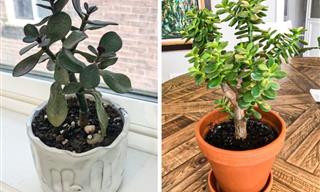
These Neglected Plants Are Brimming With Life Again!
These neglected and forgotten plants were once on the brink of death, but they are now brimming with vitality once again.

8 Exotic Plants You Won’t Believe Actually Exist
Here is a list of 8 very weird and exotic plant species that can do very surprising things to survive. You are sure to become a knowledgeable botanist after reading this article.

Poignant Photos of People and Nature Colliding Perfectly!
These 20 photographs perfectly encapsulate how truly stunning people and nature can be together, and how beautiful the Earth is!

Horse Kingdom: Exploring the 15 Most Stunning Horse Breeds
Many beautiful horse breeds have been developed over the course of the centuries, but some are more beautiful than others... Take a look.
 4:20
4:20
This Pilot Loves Nothing Better Than Flying with Birds!
Birds of a feather flock together, and these birds are no exception as they take to the skies with a microlight pilot that they believe to be their mother.

These Award Winning Photographs Prove Water is Magical
The photography completion themed ‘Water’ is mesmerizing! Let the images take you to beautiful rivers, seas and lakes all around the world.

Learn All About the Basics of Dog Psychology
Check out this collection of the most intriguing facts about the psychology of dogs that we are currently aware of, many of which will be surprising to most.

These Books Should Be on Every Nature Lover’s Bookshelf
If you are craving adventure and a deep dive into the mysteries of the wilderness, check out this list.

Tourists From All Over Flock to See this Beautiful Island
Wouldn't you want to visit this beautiful island, filled with nothing but flowers?
 3:58
3:58
Take This Golden-Eagle Eyed Tour of the Scottish Highlands
If you have ever wanted to know just why the Scottish people are so proud of their land, then this video is for you: an incredible drone tour of the Highlands.
To enable your Ad-Free Subscription, please fill the fields below
Your subscription was successful, now you can enjoy an ad-free experience!! Note: To make sure you get no ads, please make sure to log in to your account. If you are logged in already, then refresh the page. The subscription can be cancelled at any time.



